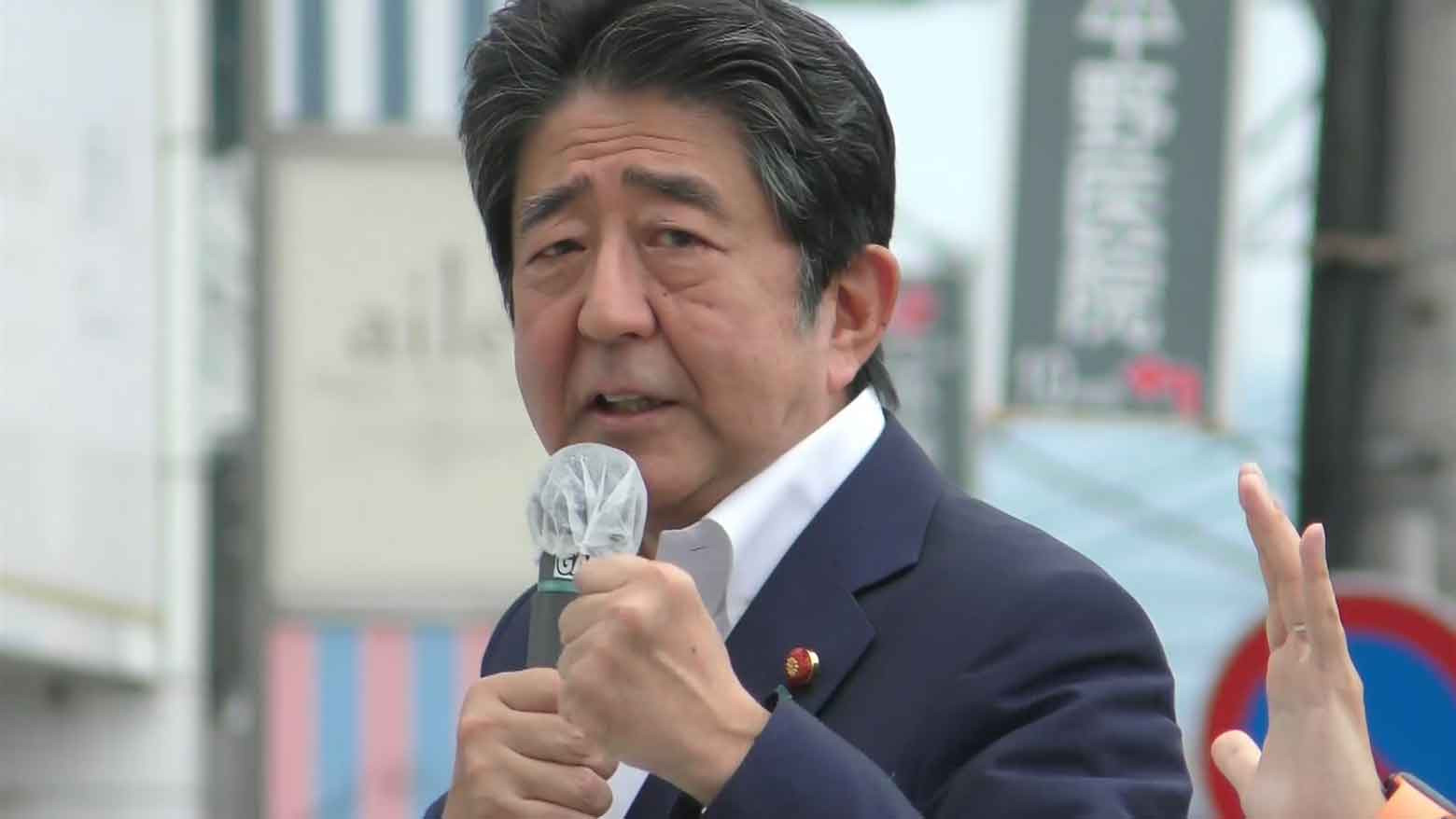The resuscitation effort
Professor Fukushima Hidetada recalls the tense situation in the Nara Medical University Hospital on July 8 as his team battled to save Abe.
"I thought it was going to be a very difficult situation," he says. "We were told he was in cardiopulmonary arrest due to a gunshot wound."
As Abe was whisked to the hospital by medical helicopter, Fukushima gathered a team and collected as much blood as he could get.
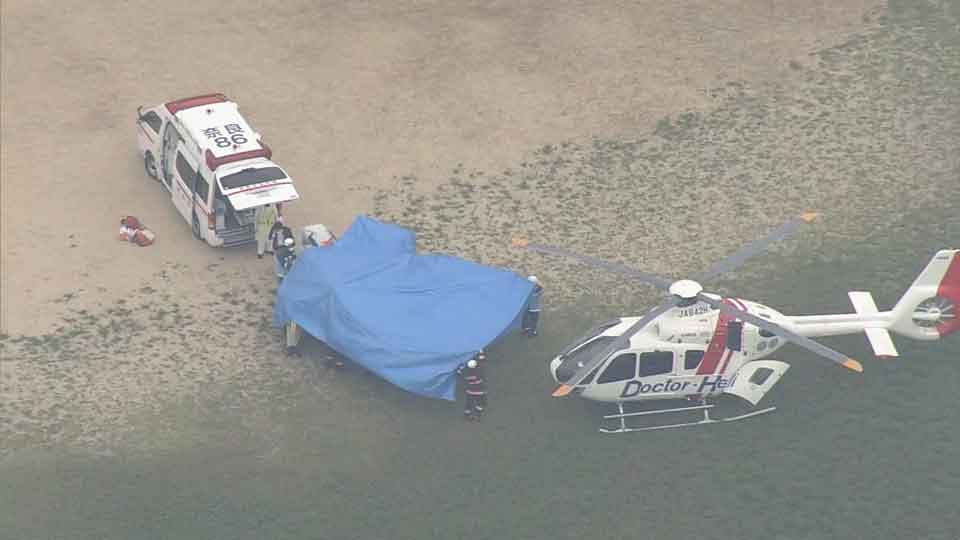
The first step, he says, was to stop the bleeding. He had to open Abe's chest to locate the wound and seal it. "But the surgery was difficult because the wound was so large and there are many large blood vessels in the chest."
The team managed to stop the internal bleeding and transfused about 13 liters of blood -- about three times the average amount in an adult body -- but Abe was still not responding and Fukushima believed there was no prospect of resuscitating him.
"My team decided to continue treatment until his family arrived at the hospital," says Fukushima. "In general, we only abandon our efforts after they agree."
Fukushima says Abe's wife arrived in the late afternoon. At 5:03 p.m., four and a half hours after the former prime minister was brought to the hospital, they stopped treatment.
Security failure
Investigators have been trying to discern how the shooter was able to reach such a senior political figure.
Interviews with police authorities have revealed that an officer who should have spotted the suspect was distracted by another man pushing a cart. He didn’t notice the suspect approaching from behind on a diagonal.
Watch Video 0:19
Two days before an Upper House election, Abe was standing with candidates at an intersection in front of a train station in Nara. He was surrounded by guardrails and had four police officers for protection.
Three of the four were focused on the throng of spectators in front of the former prime minister.
The fourth was primarily responsible for watching the area behind the former prime minister.
Abe began his speech at around 11: 30 a.m.
Soon after, Yamagami Tetsuya, who was standing on a sidewalk behind the podium, started walking toward Abe.
But at exactly that moment, another man was pushing a cart behind Abe, distracting the officer responsible for guarding the rear area.
Another officer was guarding the sidewalk where Yamagami was initially standing, but he was scanning the crowd and didn't notice the suspect.
Yamagami was about seven meters from Abe when he fired the first shot.
The officers reacted by trying to protect the former prime minister with bulletproof shields. But they were too far away to cover him or force him to the ground.
About two seconds later Yamagami fired again, this time from about five meters away. This is believed to have been the fatal shot.
Security measures for VIPs usually require vehicles to be nearby to escape quickly in the event of an attack. But in Nara, the cars were parked much further away.
Takahashi Kiyotaka, a former superintendent general of the Tokyo Metropolitan Police, described the security as "a complete failure" on the part of the police.
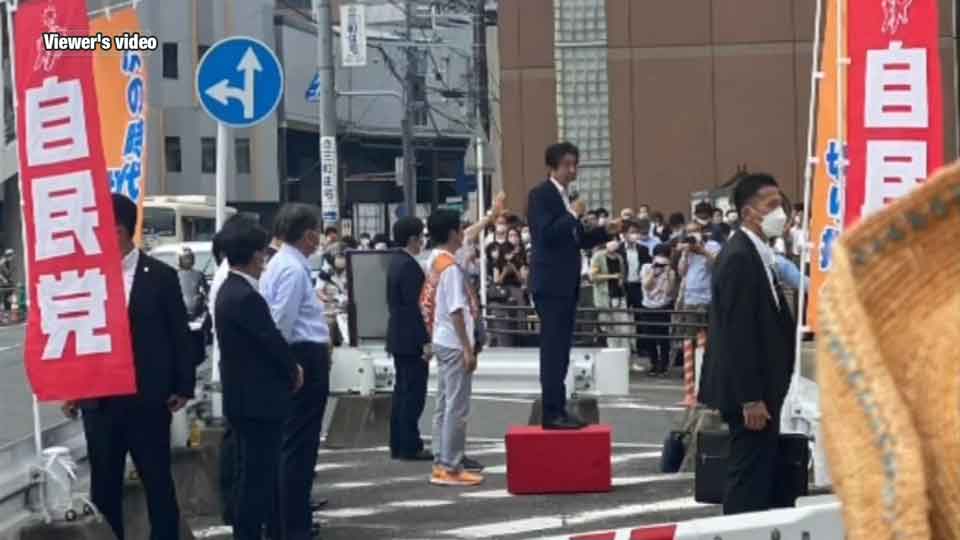
Who is Yamagami Tetsuya?
The suspect, Yamagami Tetsuya, is one of three children born to parents who ran a construction company. His uncle told NHK that his father died when Yamagami was just 4 years old, and his elder brother died about eight years ago.
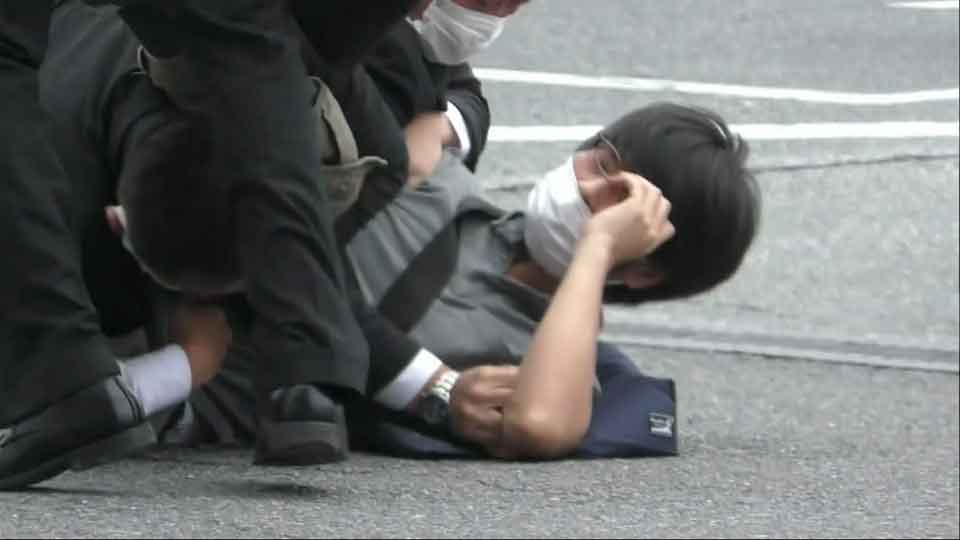
Yamagami attended elementary and junior high school in Nara and was a member of the school basketball club. One of his former teammates recalls him as a boy who spoke little but excelled both at sport and in the classroom.
A high school classmate also described him as quiet and inconspicuous and said he never got into trouble.
Yamagami's uncle says his nephew tried to join the fire department after leaving school but failed the test. In 2002, he joined the Maritime Self-Defense Force where he would serve for three years.
The same year, his mother declared bankruptcy. According to the uncle, she had joined a religious group in 1991 and donated a total of 100 million yen (more than $720,000).
The group says it cannot confirm the exact date or amount of the mother's donations, but says it returned half of the total to her.
In 2005, the suspect attempted suicide while still a member of the Maritime Self-Defense Force. He told his employer his life was thrown into disarray by the religious group and he wanted his siblings to receive a payout on his life insurance.
Investigators believe he targeted Abe because he thought the former prime minister had close ties to the group.
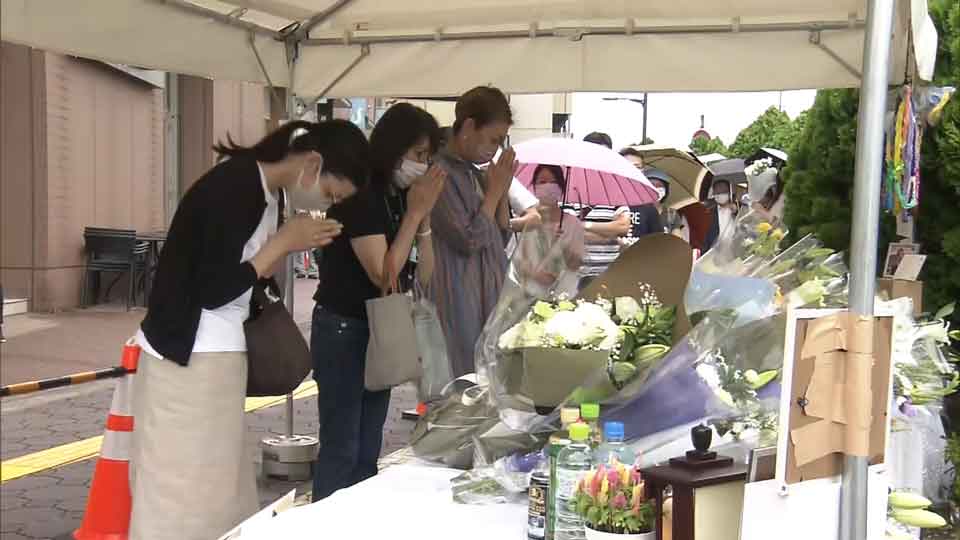
Suspect's psychological profile
Katada Tamami, a psychiatrist who is well-versed in criminal psychology, said the hardships the suspect faced early on gave him a distorted sense of privilege and he believed he could get away with things other people could not.
Katada sees a link between the shooting and the violent indiscriminate attacks that have taken place in Japan in recent years. "Although the shape of the crime is different this time," she says, "the suspects have all been isolated with a sense of despair, helplessness but a desire to wreak revenge."
